
“What can go wrong?” I ask my instructor Luca, as he straps me to a harness attached to a huge parachute, looking over a mountain edge. “A lot of things in life can go wrong,” he smiles, which does little to calm my nerves.
I’m about to paraglide in the French Alps with skis (also known as ski-gliding, and not to be confused with the more extreme ‘para skiing’) and then fly over the valley towards the Alpine town of Méribel – dropping a total of 1,400 metres.
Luca reassures me he’s been a paragliding instructor for 10 years, doing 500 rides a year and that hiking is more dangerous (probably not my English countryside hikes), as he straps himself in behind me near the summit of Saulire, a mountain in the Savoie region of 2,740 metres.
“The most important thing you have to do is keep your skis straight for take off,” he explains, before I question the big rock jutting out of the mountain face directly below us. “Don’t worry, we’ll be in the sky before we hit that”.
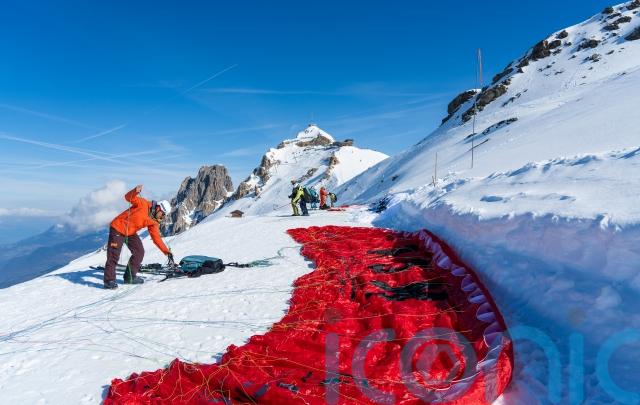
I’m an experienced skier, but hurtling vertically off-piste at high speed – with a 42-square metre parachute, and thankfully Luca in tandem – gives way to a different kind of adrenaline. But he’s right, we’re quickly airborne, the parachute catching the air and curving above us.
I breathe a sigh of relief; it’s slower than I expected, there’s a calmness and serenity up here. As we move further away from the mountain face and into the valley, I realise just how far we are from the ground – where skiers look like dots zig-zagging down pistes lined with tiny trees.
Luca shows me how he’s gently steering, by pulling a lever at each side. “Shall we do some turns?” he asks – my answer is a flat no. My heart is racing fast enough.
This is a particularly excellent spot to paraglide (which can also be done in summer, by running rather than skiing for take off) due to the height difference from which you can take off and land. It means there’s at least 15 minutes in the air, longer than is possible in lots of locations. After my initial nerves, I learn to relax as we glide softly down into the valley towards Méribel – with magnificent, 360 views even skiers on the highest peaks won’t see.
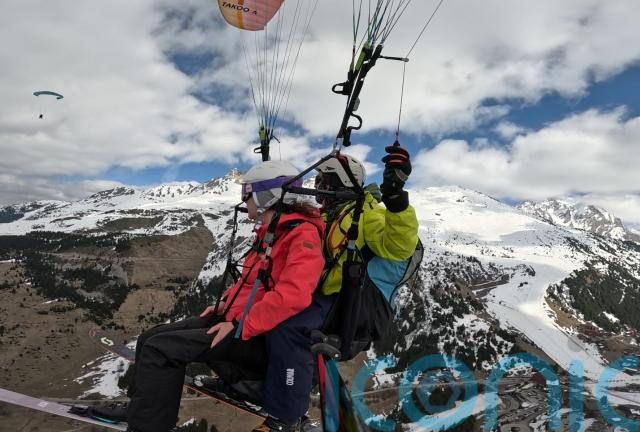
I’ve come to the world’s largest interconnected ski area, ‘Les 3 Vallées’ (with 600km of ski slopes across resorts including the neighbouring Courchevel and Méribel, as well as high-altitude Val Thorens) in spring. So along with white pistes and snow-topped peaks, spruce and fur trees are now green, rooftops of the luxury chalets in the distance are clear and some hillsides closer to town are grassy – one of which we’re planning to land on.
Skis need to be straight and slightly elevated at the front to touch down, with knees and hips bent to absorb the impact, and I brace myself, but it’s surprisingly smooth.
Late-season skiing – in my case late March into early April – promises blue skies, milder temperatures, quieter slopes and lower prices. While holidaymakers might worry about snow levels at this time of year and opt for reliably colder months, I’m told 2024 had snowfall as late as May. It snowed eight days prior to my visit this year and almost all of the runs have retained plenty of it – especially on the north-facing side.
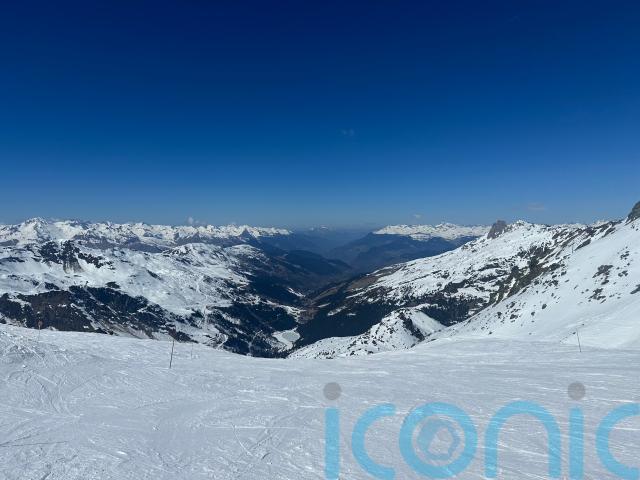
Climate change may pose a continued threat to the skiing industry, but the higher altitude resorts are less affected. Above Meribel, the highest point to ski from is Mont Vallon, reaching a starting point for skiers of 2,952 metres. The summit provides truly spectacular views, access to challenging reds and black runs, including Combe du Vallon – one of the longest skiable routes in the valley.
“There are different conditions every year so we have to adapt,” Olivier Desaulty, director of Les 3 Vallees, tells me – plus, snow gun technology has really come on – this area has 2,700 snow guns. “And now we know how much snow to produce.”
Ski lift numbers are down (162 from 200 some 15 years ago), as investment is made in building bigger, more efficient ones with more seats. “We want to have less impact on the environment,” explains Olivier, “And we don’t want to expand, we want to keep some space for freeriding” – aka off-piste, of which there is plenty here.
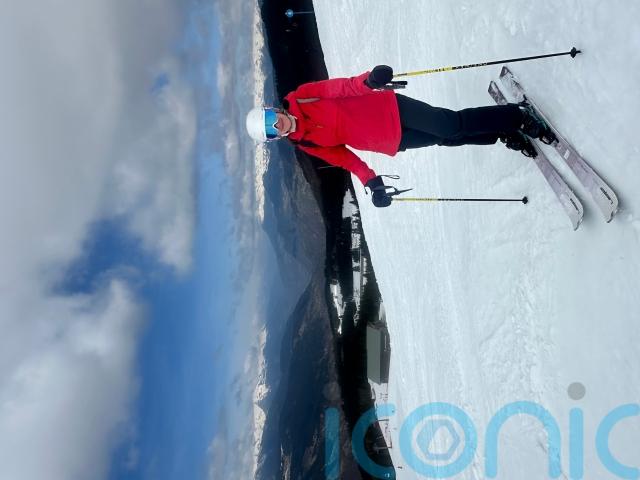
Plus, “we’re known for not really having to queue”, he notes. Certainly, at this time of year, I don’t have to wait once at a lift, and on some runs we barely come across other skiers.
Widly known for its world-class ski facilities, Courchevel itself is split into a few resorts, each at different altitudes. The Fahrenheit 7 Hotel, where I’m staying, is at Couchevel 1650 – considered a more affordable and quieter option than the higher Courchevel 1850, where you’ll find designer shops and fine dining (including the very fine La Saulire restaurant). However, dinner at Fahrenheit 7’s restaurant, La Cheminee, and the chateaubriand for two – served with a delectable truffle pomme puree – is well worth an evening of your time.
The hotel itself is smart and cosy, and staff are warm and friendly (I forget to pack ski gloves and to save me buying new ones for €100, receptionist Camille generously lends me hers for three days). My room – a double with a village view – is spacious, with an additional dressing area.
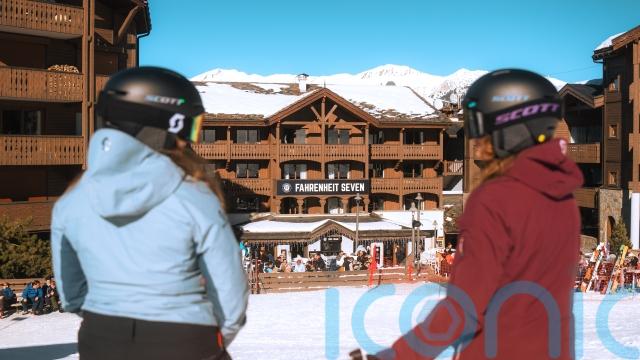
Crucially, for skiers, there’s a ski shop and boot room downstairs so you can hire all your equipment on site, and safely store it. And the hotel is ‘ski in – ski out’, backing onto the Ariondaz gondola, with access to the huge variety of slopes, from gentle greens for entry-level skiers to challenging Le Grand Couloir and the Couloir Tournier, both found from the summit of Saulire, and ‘The Eclipse’ – a World Cup downhill ski course with an average of a 30% gradient.
After all that skiing, I head to Aquamotion in Courchevel for a massage and to rest my tired legs in the impressive spa facilities – jumping from the sauna to the cold plunge, steam rooms, and a high salt water floatation pool – it’s the perfect way to return to a state of calm after a few days of adrenaline.
How to plan your stay
A six-day ski lift pass for the entire Les 3 Vallées system (les3vallees.com/en) is €409 (£355). Double rooms at Fahrenheit 7 Hotel Courchevel (fahrenheitseven.com) start from €330 (£287), bed and breakfast, in winter. The Meribel Flight withTandemTOP Paragliding costs €140 (£121) (parapente-meribel.fr)
Subscribe or register today to discover more from DonegalLive.ie
Buy the e-paper of the Donegal Democrat, Donegal People's Press, Donegal Post and Inish Times here for instant access to Donegal's premier news titles.
Keep up with the latest news from Donegal with our daily newsletter featuring the most important stories of the day delivered to your inbox every evening at 5pm.